This document summarizes a research study on using realia kits in teaching English vocabulary at the secondary level in Pakistan. The study aims to determine the effectiveness of using realia, which are real-world objects, in helping students learn vocabulary. 100 secondary school teachers from Vehari District will be surveyed about their experiences using realia. The responses will be analyzed to assess how realia can contribute to language learning, student motivation, and teaching language skills. The relationship between realia and engaging the five senses during vocabulary acquisition will also be examined. The results of this study could provide recommendations for improving vocabulary instruction at the secondary level in Pakistan.
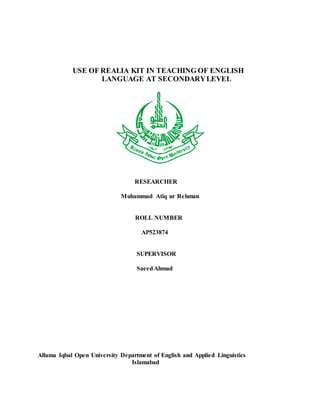











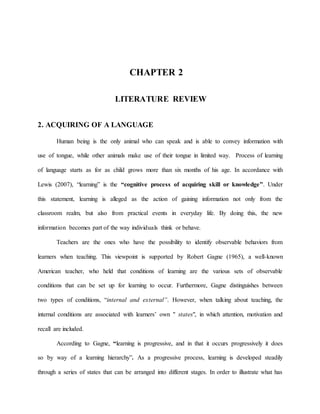
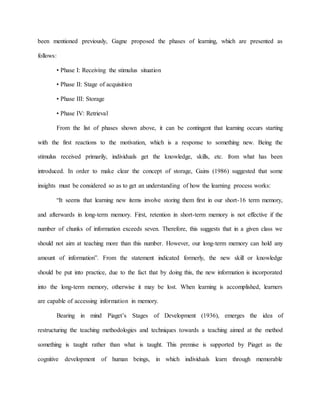





























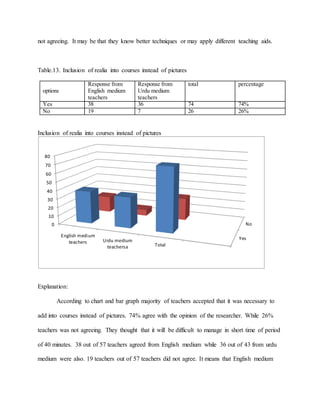






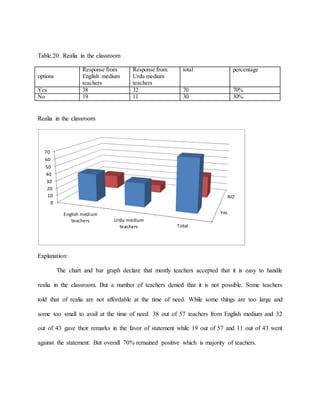



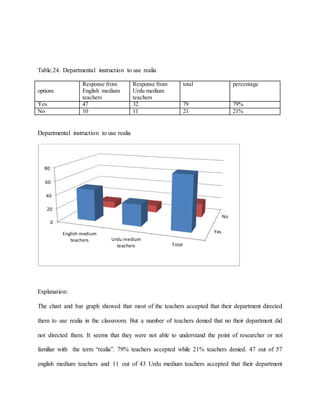





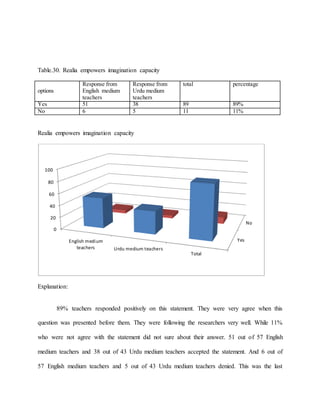









![Joshi, B. (1995). The role of visual communication in teaching English. The Progress of
Education, 9, 266-268.
Oyarzo, P. (2008) Realia and Vocabulary learning among young learners, Punta Arenas.
Chilli December 2008
Abid, S. (2008). Use of realia for the teaching of descriptive writing at primary level. Aiou,
Islamabad.
Dickens, M., Robertson, I., & Hofmann, E. (1995). Realia: Bringing the Real World into the
Classroom [Online]. Available: http://www.wlc.com/oxus/realia.htm [1997, June 1].
Stice. J .,(1987), “Using Kolb’s Learning Cycle to improve student learning”, California,
Engineering Education,
Ur, P. (1996) A Course in Language Teaching. Cambridge: Cambridge University Press.
Zukowski-faust, J.*1997).What is Meant by Realia? AZ-TESOL. Newsletter. 18(1).9.](https://image.slidesharecdn.com/atiq-180322153236/85/Atiq-71-320.jpg)




